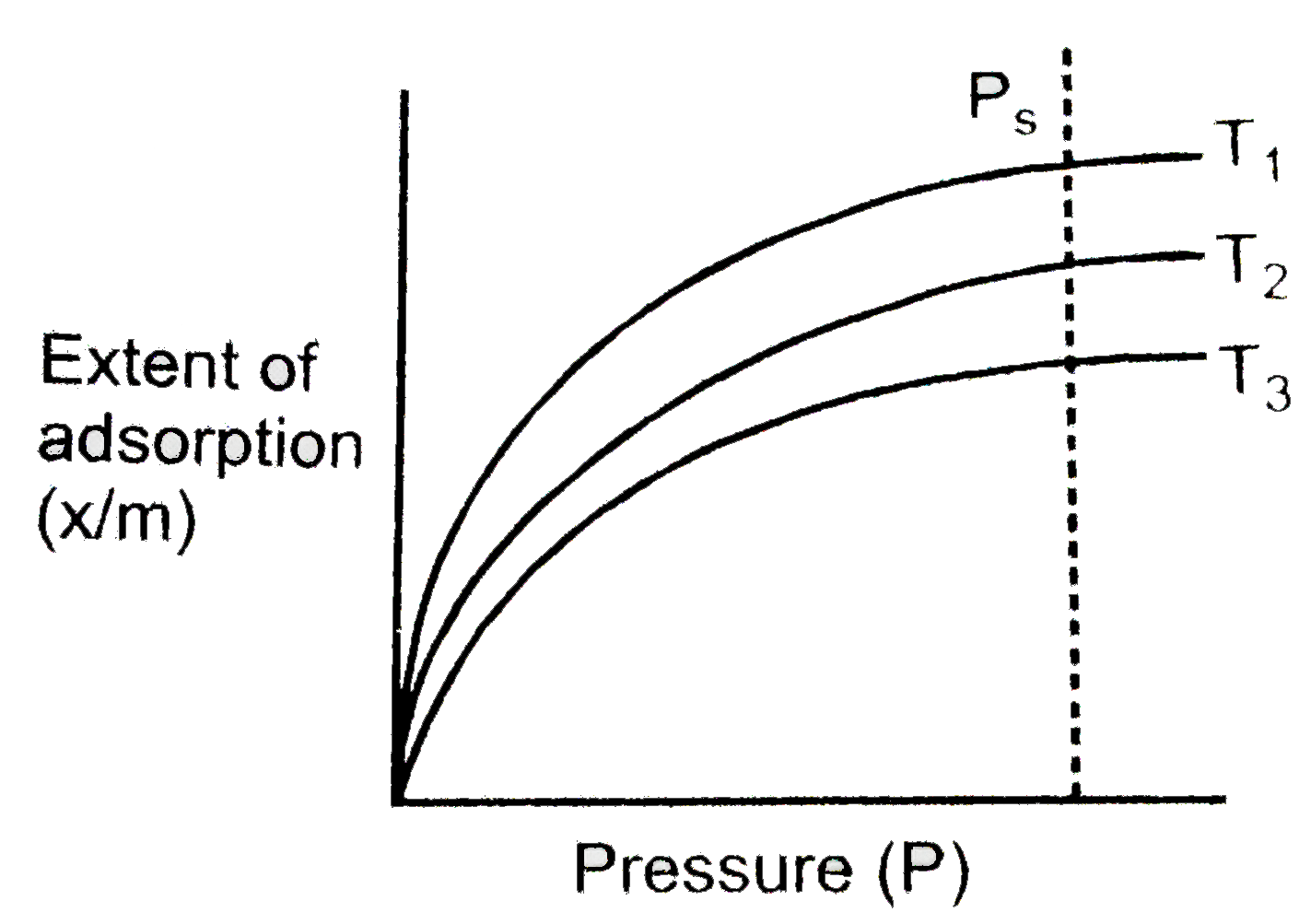There are two radio nuclei A and B is a α -emitter and B is β-emitter. Their disintegration constant are in the ratio of 1:2 . What should be the number of atoms ratio of A and B at time t=0 , so that initially probability of getting of α and β-particles are same.Solution in Punjabi
2:1
4:1
1:2
1:4
The correct Answer is:A
Step by step video & image solution for There are two radio nuclei A and B is a alpha -emitter and B is beta-emitter. Their disintegration constant are in the ratio of 1:2 . What should be the number of atoms ratio of A and B at time t=0 , so that initially probability of getting of alpha and beta-particles are same. by Chemistry experts to help you in doubts & scoring excellent marks in Class 12 exams.
Updated on:21/07/2023Topper's Solved these Questions
- CHEMICAL KINETIC & NUCLEAR CHEMISTRYBook:NARENDRA AWASTHIChapter:CHEMICAL KINETIC & NUCLEAR CHEMISTRYExercise:Level 2
Explore 1 Video
- CHEMICAL KINETIC & NUCLEAR CHEMISTRYBook:NARENDRA AWASTHIChapter:CHEMICAL KINETIC & NUCLEAR CHEMISTRYExercise:Level 2 (Q.3 To Q.32)
Explore 18 Videos
- CHEMICAL KINETIC & NUCLEAR CHEMISTRYBook:NARENDRA AWASTHIChapter:CHEMICAL KINETIC & NUCLEAR CHEMISTRYExercise:Level 1 (Q.93 To Q.122)
Explore 19 Videos
- SURFACE CHEMISTRYBook:NARENDRA AWASTHIChapter:SURFACE CHEMISTRYExercise:Level -2
Explore 1 Video
Similar Questions
The forward rate constant for the elementary reversible gaseous reaction
C2H6<⇒2CH3is1.57×10−3s−1at100K
What is the rate constant for the backward reaction at this temperature if 10−4 moles of CH3 and 10 moles of C2H6 are present in a 10 litre vessel at equilibrium .
a) 1.57×109Lmole−1s−1
b) 1.57×1010Lmole−1s−1
c) 1.57×1011Lmole−1s−1
d) 1.57×107Lmole−1s−1
View SolutionThe reaction A(g)→B(g)+2C(g) is a first order reaction with rate constant 2.772×10−3s−1, Starting with 0.1 mole of A in 2 litre vessel, find the concentration of A after 250 sec when the reaction is allowed to take place at constant pressure and at 300 K?
a) 0.0125M
b) 0.025M
c) 0.05M
d) none of these
View SolutionIn the radioactive decay
.zXA→Z+1YA→Z−1ZA−4→Z−1ZA−4 high energy low energy the sequence of the radiation emitted is :
View Solutionfor the graph below, select correct order of temperture ?

View Solutiona,b in R and alpha^(2)-a alpha+b=0;b beta^(2)+a beta+1=0;(2b+a!=0,alpha beta+1!=0) then the value of (beta(alpha+a)-1)/(beta(alpha+b)-1-alpha) is -
View SolutionThere are two radio nuclei A and B.A is an α emitter and B a β emitter. Their disintegration constant are in the ratio of 1:2 What should be the ratio of number of atoms of A and B at any time t so that probabilities of getting alpha and beta particles are same at that instant?
View SolutionThe displacement x of a particle varies with time t as x=ae−αt+beβt. Where a,b,α and β positive constant.
The velocity of the particle will.
View SolutionThe number of beta particles emitter by radioactive sustance is twice the number of alpha particles emitter by it. The resulting daughter is an
View SolutionThere are two radio-active nuclei A and B. A in an alfa-emitter while B is a beta-emitter, Their disintegration constant are in the ratio of 1:4. The ratio of number of nuclei of A and B at any time 't' such that probabilities of getting number of alpha and beta particles are same at the instant is y:1. Then y______is
View SolutionThere are two radio nuclei A and B is a α -emitter and B is β-emitter. Their disintegration constant are in the ratio of 1:2 . What should be the number of atoms ratio of A and B at time t=0 , so that initially probability of getting of α and β-particles are same.
View Solutionकिसी कण का विस्थापन x समय t के साथ इस प्रकार परिवर्तित होता है कि x=aeαt+be−βt जहाँ a,b,α,β धनात्मक नियतांक हैं | कण का वेग
View Solutionकिसी कण का समय t के साथ विस्थापन (x) इस प्रकार है x=ae−αt+beβt, जहाँ a,b,α और β धनात्मक नियतांक हैं। कण का वेग
View Solutionदो रेडियोसक्रिय नाभिक A तथा B है। दोनों एक स्थायी नाभिक C में परिवर्तित होते है। नाभिक A का C में परिवर्तन दो α-कण तथा तीन β-कण के उत्सर्जन के पश्चात तथा B का C में परिवर्तन एक α-कण तथा पांच β-कण के उत्सर्जन के पश्चात होता है। t=0 पर नाभिक A का मान 4N0 व B का मान N0 है। A की अर्द्ध-आयु 1 मिनट व B की अर्द्ध-आयु 2 मिनट है। प्रारम्भ में C में नाभिको की संख्या शून्य है।
जब A व B में नाभिको की संख्या समान हो, तो उस समय C में नाभिको की संख्या क्या होगी?
View SolutionA तथा B दो रेडियो नानिक है। A, एल्फा उत्सर्जक है तथा B β उत्सर्जक है। इनके क्षय गुणांक 1 : 2 अनुपात में है। t = 0 समय पर A & B परमाणु की संख्या का अनुपात क्या होगा ताकि t= 0 पर α तथा β कण प्राप्त करने की प्रायिकता समान है।
View SolutionThe number of beta particles emitter by radioactive sustance is twice the number of alpha particles emitter by it. The resulting daughter is an
View SolutionThere are two radio nuclei A and B. A is an alpha emitter and B a beta emitter. Their disintegration constants are in the ratio of 1:2. What should be the ratio of number of atoms of A and B at any time t so that probabilities of getting alpha and beta particles are same at that instant ?
View Solution